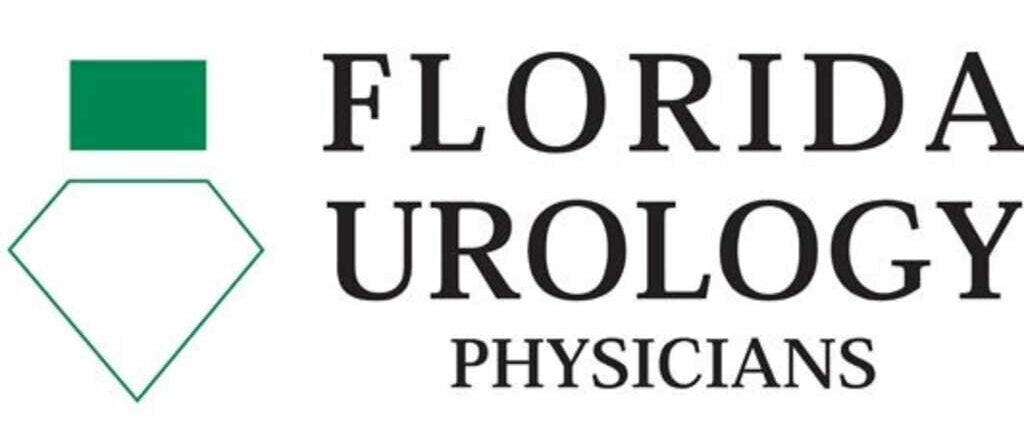Varicocele Surgery Improves Sperm Parameters Regardless of Technique
NEW YORK (Reuters Health) Mar 26 – Varicocelectomy leads to significant improvements in sperm count and motility, regardless of surgical technique, a new meta-analysis shows.
But while sperm parameters improved equally with a high ligation, inguinal, or subinguinal approach, the data hint that the inguinal approach may be best for fertility preservation because pregnancy rates were highest with this technique.
In a report online March 15 in the Journal of Urology, the authors note that varicocele is the most common cause of male infertility. The literature on the impact of varicocelectomy on fertility parameters is mixed and the optimal surgical approach is the subject of debate.
Dr. Stephan Madersbacher from Danube Hospital in Vienna, Austria, and colleagues searched the literature using MEDLINE and the Cochrane Library for articles published in the last 20 years that reported on sperm parameters before and after varicocelectomy.
They limited their analysis to studies with at least two semen analyses (before and at least three months after surgery) and that involved men older than 19, with clinical subfertility and/or abnormal semen parameters and a clinically palpable varicocele.
Fourteen articles met their criteria and were included in the analysis.
All three surgical techniques (high ligation, inguinal, and subinguinal approach) led to "significant or highly significant postoperative improvement" in sperm count and motility, the authors reported, "with only slight numeric differences among the techniques."
These differences did not reach statistical significance for sperm count (p=0.973) or sperm motility (p=0.372).
After high ligation surgery, sperm count increased, on average, by 10.85 million/mL (p=0.006) and motility by 6.80% (p<0.00001). Inguinal varicocelectomy led to an improvement in sperm count of 7.17 million/mL (p<0.0001) while motility changed by 9.44% (p =0.001). Subinguinal varicocelectomy increased sperm count by 9.75 million/mL (p=0.002) and sperm motility by 12.25% (p=0.001).
In terms of pregnancy rates, however, inguinal varicocelectomy had the advantage, yielding the highest pregnancy rate of 41.48% compared to 26.90% and 26.56% after high ligation and subinguinal varicocelectomy, respectively. The difference was statistically significant (p=0.035).
The authors say, "By following the current guidelines in terms of excluding patients with subclinical varicocele and by ruling out possible sources of bias, the acquired data provide the best available evidence."
SOURCE: http://bit.ly/GRyUjW
J Urol 2012;187:1540-1547.



